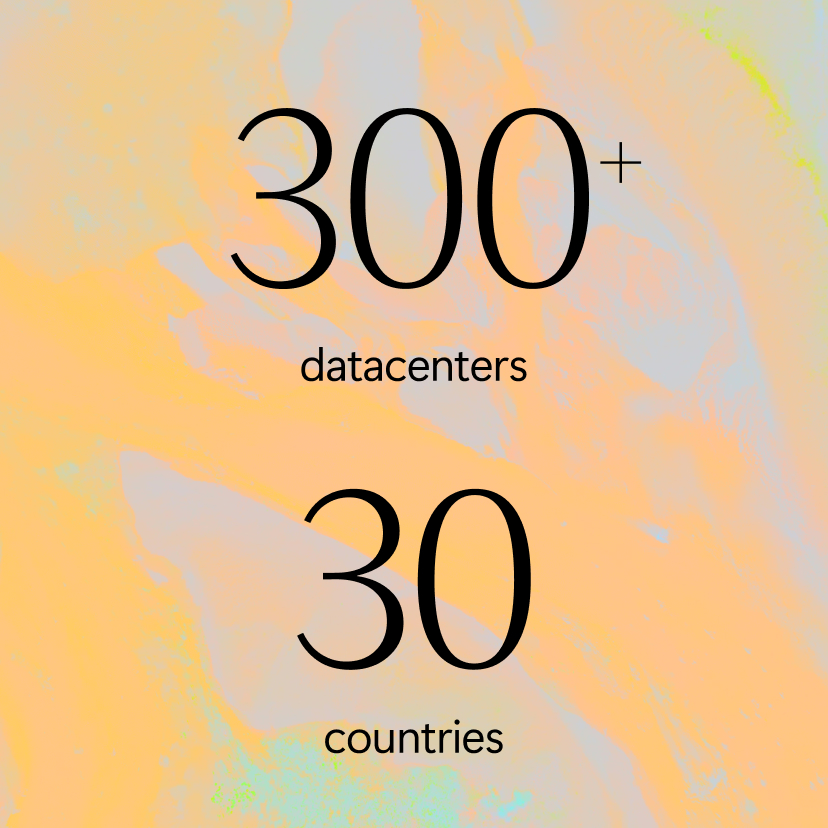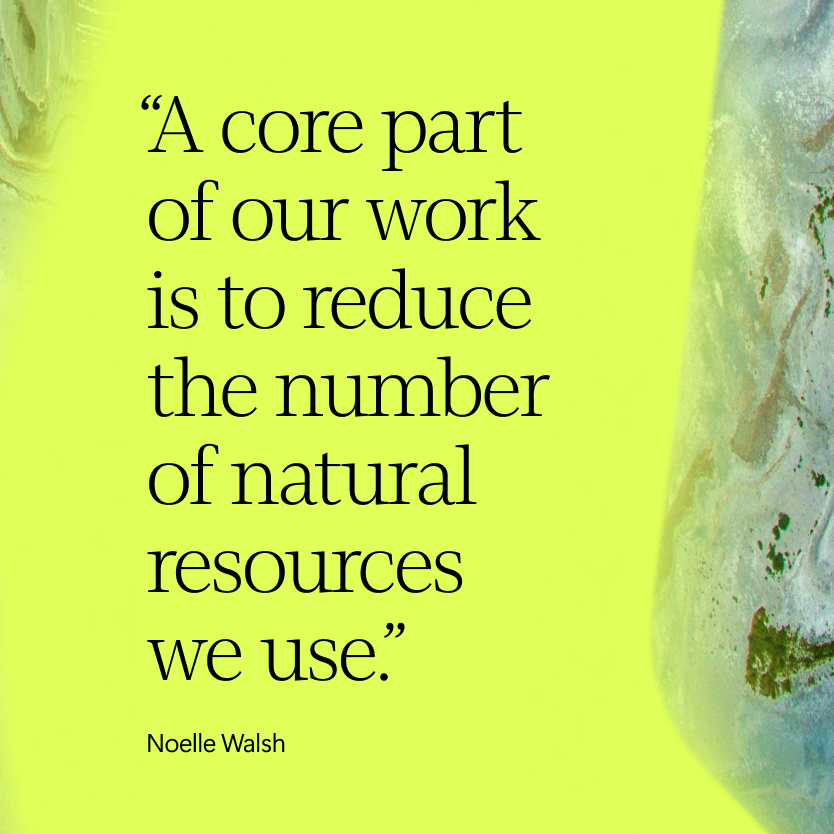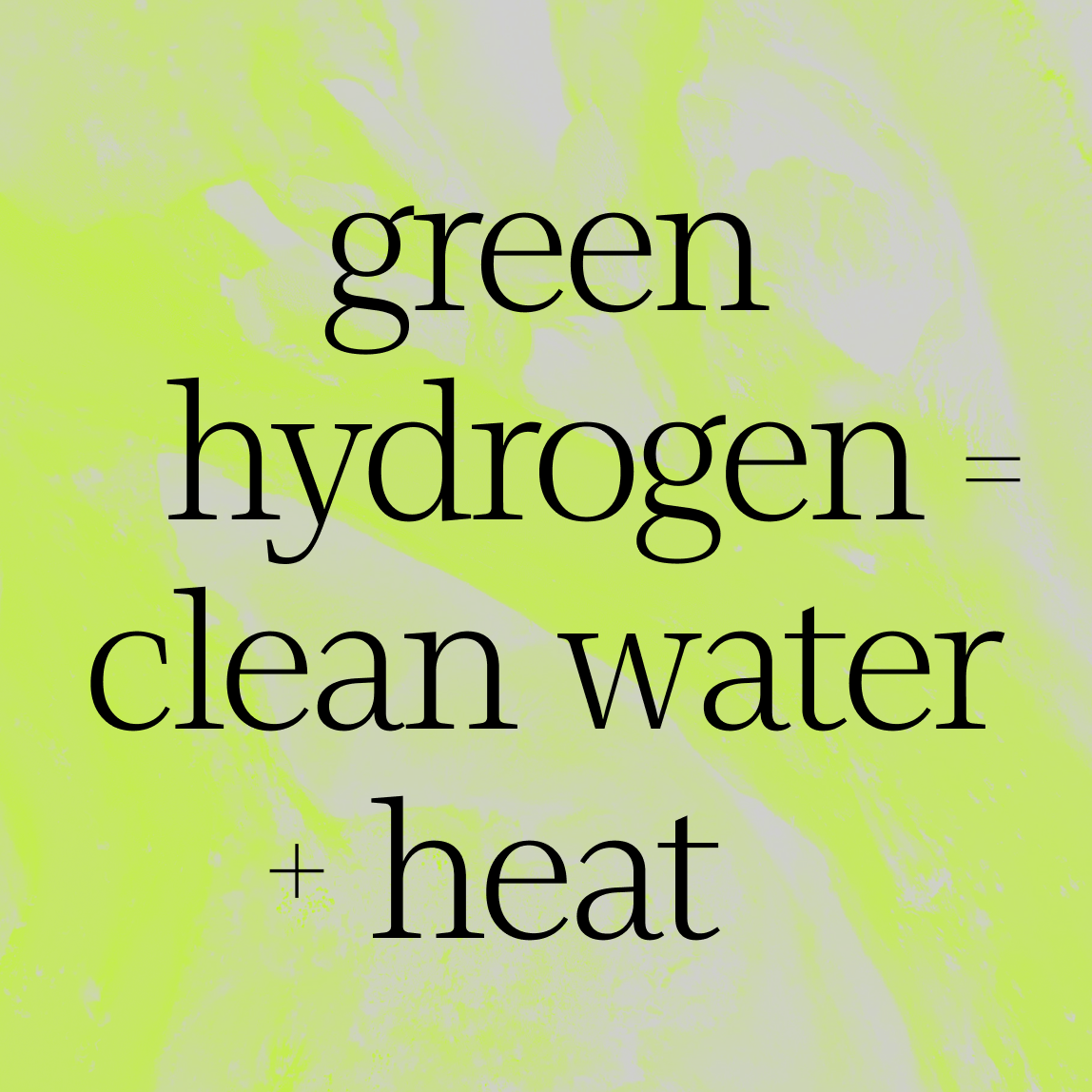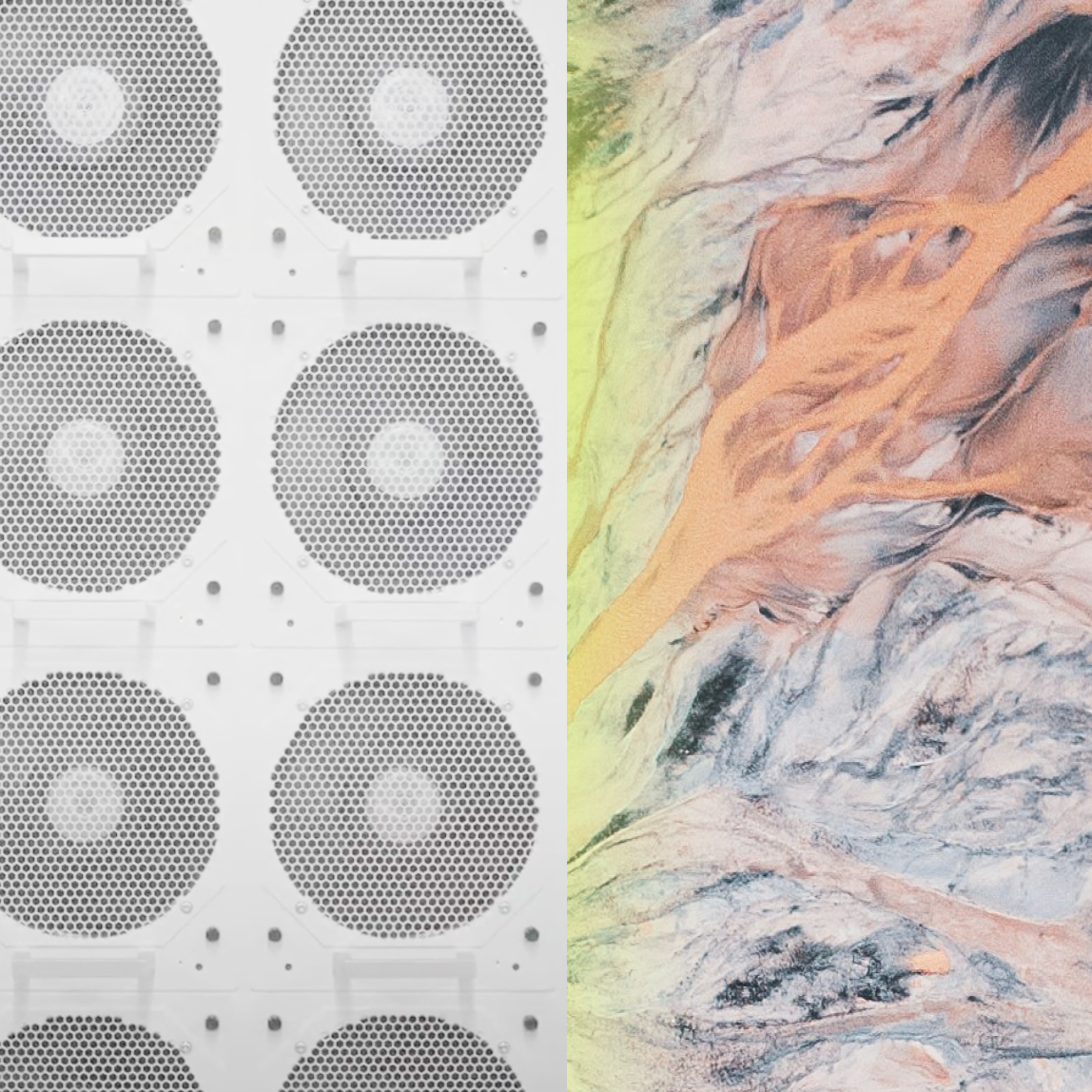
Tracing the roots
Asking someone to give a visual description of “the cloud,” or cloud computing services, is like asking for a visual description of air. Day-to-day activities like online orders, messaging apps, and social media can’t happen without it, but putting exactly what it is into words is tricky.
The cloud and air do share similar qualities that are easy to grasp, though. Like air, we know that the cloud is always around us. We know that without it, life would be very difficult, and we know that although they are both invisible to us, they carry some invaluable things inside. For air, those ingredients are predominately nitrogen and oxygen molecules, for the cloud it’s our data.
But this foundational understanding only leads to more questions.
How did our data get into the cloud in the first place? Where does it go from there? Where is it stored, and how is it available 24/7?
The answer to these ethereal questions is actually a very physical and tangible one: datacenters.
Datacenters are the backbone of the Microsoft Cloud. They are the physical infrastructure that house and maintain thousands of servers, which store and move our data through the cloud. They provide a constant source of energy as well as the clean and cool environment necessary to keep the servers running.
“Currently, we operate over 300 datacenters in over 34 countries. Our datacenter fleet is equivalent to about 700 football fields,” says Noelle Walsh, Corporate Vice President of Cloud Operations and Innovation at Microsoft.

The demand for cloud services has been increasing exponentially year after year, due in part to the recent spike in usage of AI globally, which means that Microsoft’s datacenter infrastructure has also had to grow at a rapid pace.
A major consideration for that growth is how datacenters can meet the world’s increasing demand for cloud computing in a way that’s sustainable with the least amount of environmental and community impact.
Datacenters use energy from the same electrical grid that powers homes, offices, and traffic lights. Since they must be running constantly, diesel-fueled back up generators and lead acid battery uninterruptible power supplies have traditionally been the mainstay of operations in case of power outages.
Additionally, because the physical scale of datacenters can be massive, they have a surmountable ecological footprint in the areas where they exist.
“A core part of our day-to-day work is improving the design and operational efficiency of our datacenters to reduce the number of natural resources we use,” says Walsh. “How we’re doing that is by making sustainability our foundation as we work towards our commitments, and by continually adapting our day-to-day operations to minimize our impact on the environment.”
The core approach for improving the sustainability of datacenters is innovation. By working with internal R&D teams and collaborating with external experts, internal practices and policies have set forth clear examples for the industry of the benefits of testing and implementing new approaches for building and operating these sites.
Being a good neighbor
The starting point of innovation at a Microsoft datacenter draws on nature’s own 3.8 billion years of R&D to solve modern design challenges sustainably. Kaitlin Chuzi, Director of Biomimicry & Advanced Ecosystems, is a key leader in that work.
‘When any building is constructed, there is an ecological cost, so we’re working to mitigate those things,” says Chuzi. “What matters is that we holistically and systemically design the site with the local ecosystem in mind.”
Kaitlin and her team are experts in biomimicry, utilizing and emulating solutions from plants, animals and the elements that have naturally manifested over millions of years of evolution. Leveraging biomimicry can reshape datacenters’ relationship with the planet and its ecosystems. It’s all about being in tune with and contributing positively to the existing communities where sites operate.
For example, some sites have transformed traditional stormwater retention ponds into man-made wetlands that help filter and improve water quality, creating habitats for local species to live. Others are exploring utilizing special UV glass that mimics the characteristics of UV enzymes in spiderwebs that birds have evolved to detect and avoid, reducing instances of them crashing into buildings.

Birds have evolved to be able to detect and avoid UV enzymes found in some spiderwebs. To reduce the number of incidents where birds crash into windows, Kaitlin and team are exploring integrating special UV glass that mimics characteristics of that enzyme.
From green walls with vertical vegetation that increase biodiversity to permeable pavement that allows rainwater to flow into the ground below, nature has been an amazing teacher of ways to bring datacenters more in sync with their surrounding environment.
Materials used to construct datacenters have also provided great opportunities to further sustainability commitments through innovation.
“If we use a healthy, intact reference habitat as a benchmark, that ecosystem has 100% ecosystem function. Our initial models show we can design datacenters that maintain 75% of that function.”
Kaitlin Chuzi
Concrete, a key material in datacenters, accounts for 8% of all global carbon emissions, making it one of the biggest contributors of greenhouse gasses on the earth. To drive deeper carbon reductions, Microsoft is piloting a new concrete mix using recycled glass, which will reduce carbon in slab structures by around half. Another lab-scale pilot, in collaboration with Prometheus Materials, uses structural materials made from limestone and algae-based concrete with potential to drive down the carbon in installations to near zero.
Innovating sustainable solutions for what happens on the outside and around a datacenter is only half of the work, though. What happens inside is just as important; more specifically, how to keep the power on every day, 24/7, at all of these sites. Even the most brief power outage would cause immense ripple effects across the entire cloud infrastructure.
Tackling the day-to-day “how” of that huge task is Audrey Lee, Senior Director of Datacenter Energy Strategy. Audrey oversees the complex planning and strategy involved in procuring power for the datacenters, and determining how that usage affects the communities they share a grid with.
“Historically, Microsoft datacenters needed a smaller part of the grid. But as demand has increased, we’ve required a greater share of the grid, so it’s important to understand our impact,” says Lee.
To better understand this increased demand on the grid, now and in the future, Audrey’s team utilizes an approach called grid modeling, which forecasts grid usage so it can be planned for appropriately, sustainably, and in the timeliest way.
While Microsoft is not an energy company, it is, in many ways, an infrastructure company, and an invaluable resource to any cloud infrastructure is energy. That’s why sustainable energy practices and making a positive community impact are major responsibilities of the business.
One way that positive impact is made is through grid stabilization and contributing back to the grid.
Lee explained that as electricity consumption increases, the demand and supply of power on the grid may not always match. Microsoft has uninterruptible battery-powered supply systems as a backup in case of a grid outage, which can provide service back to the grid by temporarily shifting some of datacenters’ electricity demand to those batteries, supporting the stabilization of the grid.
Cultivating alternative sources of power for those backup systems, as well as the server cooling systems inside of datacenters, has proven to be another great opportunity for innovation.
Innovating with nature

Sonia Maleky, Director of Hydrogen Technology
A future fueled by innovation
“Hydrogen fuel cell technology has been commercialized at smaller scales, but Microsoft is the first to demonstrate multi-megawatt generation at scale for datacenters, replacing the backup diesel-powered generators that support continuous operations in the event of power outages and other service disruptions,” says Sonia Maleky, Director of Hydrogen Technology at Microsoft.
Green hydrogen has potential to be the perfect sustainable energy source across different industries including datacenters, commercial buildings and hospitals. PEM fuel cells combine hydrogen and oxygen in a chemical reaction that generates electricity, heat and water – no combustion, no particulate matter, and no carbon emissions.
Sonia’s team is crafting energy innovations that have the potential to change the energy sector as we know it today. Demonstrating the application of green hydrogen at an industrial scale will bring greater sustainability internally and be a strong use case for other companies with similar goals and commitments to do the same.
“We need a robust green hydrogen economy including green hydrogen supply, hydrogen fuel cells, and hydrogen storage for successful implementation of hydrogen fuel generators as viable back up power options to move towards zero emissions solutions.”
Sonia Maleky
Another innovation in development that’s just as exciting as hydrogen fuel cell is cold plate technology. Applying this technology, which recycles hot water removed from cooling systems back in as cold water, has already made Microsoft’s systems 90% more efficient than traditional systems. Eventually, this will be a completely closed loop system that never requires water from outside sources.
In addition to recycling water for cooling systems, the first-of-its-kind Circular Centers program can reuse and repurpose hardware from datacenters, and is on track to use 90% recycled servers by 2025.
It’s evident from these collective efforts to innovate solutions that a future where datacenters not only have a net neutral impact on the environment, but also make a positive impact, is well within reach. As the uses for cloud computing around the globe continues to grow, Microsoft’s datacenters will be there to meet that need head-on in the most sustainable ways possible.
Image Credits: Matt Howard, Dave Hoefler, Ivan Bandura, Yogesh Gosavi, Josh Withers













